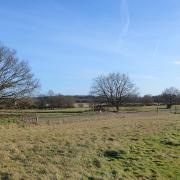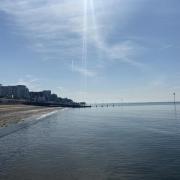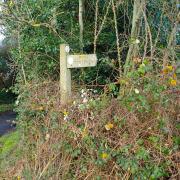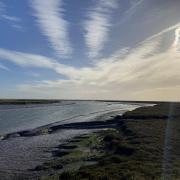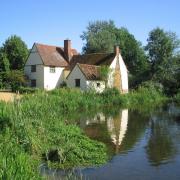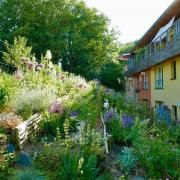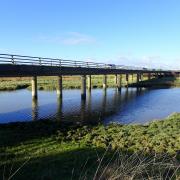Hannah Salisbury from the Essex Record Office tells the story of Ingatestone and the Petre family which still owns the estate to this day

The Tudor mansion of Ingatestone Hall, which sits in the south of the county between Chelmsford and Brentwood, is today a popular place to visit, as well as still being a family home.
It was built by William Petre (c1502-1572), who served as a Secretary of State to Henry VIII, Edward VI, Mary I and Elizabeth I. Petre purchased the estate in 1539; before then, it had belonged to Barking Abbey, who during the Dissolution of the Monasteries under Henry VIII had surrendered their property to the Crown.

Petre originated in Devon, but had studied Law at Oxford and, with the building of Ingatestone Hall, made Essex his home. After purchasing the estate, Petre busied himself with building a modern, redbrick mansion. It was designed around a courtyard and much of the original house survives today. The house was one of the first to include the very modern innovation of a piped water supply and flushing drains fed by springs.
We are lucky to have a description of the house just a couple of decades after it was completed by Thomas Larke, Petre’s surveyor. Larke described the house as, ‘fayr lardge & stately made of brick and imbateled’. It included a large hall, an armoury, a kitchen, pantry, larder, buttery and pastry, as well as other ‘fayr chambers and lodginges’.

In 1561 Elizabeth I visited Ingatestone Hall and stayed for three days. Feeding the monarch – and her courtiers and servants – was a major undertaking. Petre’s accounts give us an insight into how much food and drink was purchased for the visit and from how far away some of it was sourced. Provisions included five dozen chickens, 27 geese, 12 herons brought from London, 18 herons brought from Kent, fish such as sole, flounder, plaice, gurnet, conger and sturgeon, six cygnets, and a further four cygnets from Cambridge, a dozen gulls, two dozen egrets, 14 dishes of butter, five gallons of cream, a barrel of samphire, a barrel of olives, 200 oranges, plus sugar, cloves, mace, pepper and other spices.
The house has been altered over the years, with some parts demolished and others added. One of the biggest changes was the demolition of the west wing in the early 19th century, breaking up the original square design of the house and transforming it into the U-shape we see today.

William Petre’s son, John, bought Thorndon Hall, which became the family’s principal seat for the next 300 years. Ingatestone Hall was used during this time by other family members and for holidays.
Thorndon Hall was gutted by fire in 1878 and never fully restored by the family. After the death of the 16th Lord Petre in World War I, his widow, Lady Catherine Rasch, and their young son moved back to Ingatestone Hall in 1919. Lady Rasch embarked upon an ambitious programme at Ingatestone Hall to restore the Tudor look and feel to the house.
During World War II, the house was used by Wanstead School to evacuate some of their pupils and from the 1950s to the 1970s the north wing was let to Essex Record Office for exhibitions and educational visits.
The house is still owned by the Petre family today, and is open to the public at certain times of year. For details of how to visit, see www.ingatestonehall.com
For more details about the archives at the Essex Record Office or the events taking place there this year, visit www.essexrecordoffice.co.uk.




